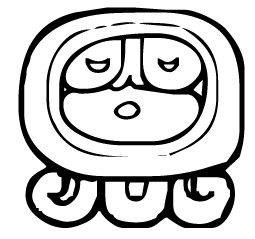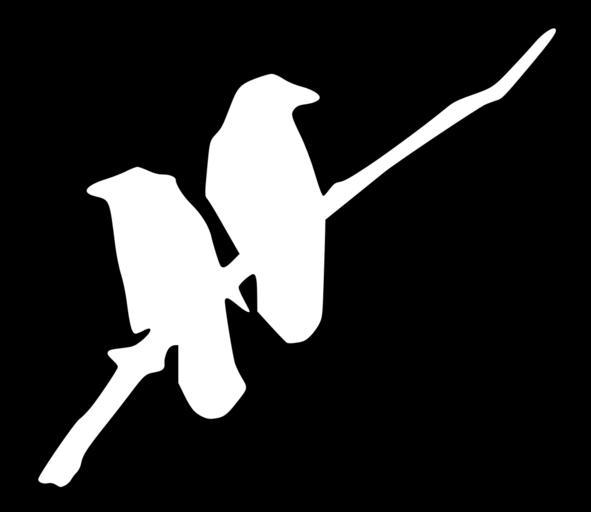Aegishjalmur Symbol (Helm of Awe) – History And Meaning
The Helm of Awe or Aegishjalmur is one of the popular runic symbols mentioned in 17th-century Icelandic grimoires (books of spells).
It is also one of those Viking symbols that are often associated with the fortitude to overcome fears so warriors used it as a talisman. It was said to protect them during battles.
If you want to learn more about the Aegishjalmur symbol, read on to find out the meaning, history, and significance of this Viking symbol.
Aegishjalmur Symbol – History And Meaning

Aegishjalmur History
According to the grimoires, the Aegishjalmur symbol was often seen among Viking warriors because of the mentioned reasons.
Back then, they would draw the symbol on the space between their eyes before going into battle.
Sometimes they would even use blood to draw the Aegishjalmur in this particular location.
Legend has it that by marking themselves in that area, it would interact with the pineal gland, which is said to be the center of the Viking soul.
In the grimoires, the pineal gland is also said to be where a person’s ‘third eye.’
Meanwhile, ancient Icelandic folktales say that the symbol could also be made from a tiny piece of lead.
It is then pressed into the space between the eyebrows, and the warrior must recite this:
Aegishjalmr er eg ber milli bruna mer!
I bear the helm of awe between my brows!
The name ‘Aegishjalmur’ came from Aegis, the sea giant.
Said to be a vicious being, he was known to smash ships so he could take the treasures. He was also known to be skilled in magic.
However, there are no clear accounts regarding his connection to the symbol.
One explanation says that it is perhaps because the sea is an unstoppable force, which is related to what the Aegishjalmur represents: courage and strength.
The Aegishjalmur also appears in the Poetic Edda—in a passage that tells the story of Fafnir. Fafnir was a dwarf that was cursed and turned into a greedy dragon.
He guarded a large treasure which included the Andvaranaut, a powerful ring. It was said that Fafnir got his invincibility from the Aegishjalmur.
This symbol is also in 19th-century manuscripts, where its appearance varies—sometimes with four arms and at times with eight.
The Aegishjalmur Symbol

The Aegishjalmur or the Helm of Awe is a Norse symbol that’s often associated with protection from any sort of disease.
The symbol often appears to have eight spiked arms that surround a circle as if they are protecting it from all sides. Its Old Norse name, “Ægishjálmr,” means “helm of terror.”
From old Icelandic grimoires to 19th-century manuscripts, it is often mentioned that the Helm of Awe was drawn between the eyes of warriors as a way to induce fear in the heart of their enemies.
The symbol is also said to provide invincibility, as told in the story of the cursed dwarf Fafnir in the Poetic Edda.
Along with physical protection, the Aegishjalmur can also provide mental and spiritual strength.
The Helm of Awe has appeared in different versions.
There are sources that show this symbol with four trident-looking arms while the widely-used version from 17th-century grimoires has eight arms surrounding a center circle.
It is also believed that the Aegishjalmur is more powerful when inscribed with the spit or sweat of the person wearing it.
Aegishjalmur (Helm of Awe) Symbol Meaning
The Nordic symbol Aegishjalmur is commonly believed to be a symbol of courage, protection, and strength.
Often worn by Viking warriors by drawing it in the space between their eyebrows, this symbol is said to ensure victory against their enemies.
The mere sight of the Aegishjalmur is said to instill terror in their opponents.
The end of the trident arms of the symbol is called the Z-rune, said to symbolize protection and victory in battle.
Meanwhile, the circle in the center of the Aegishjalmur is said to represent protection to those bearing the symbol.
Apart from being used as a talisman when going into battle, the Aegishjalmur is also a symbol that signifies courage in life and fearlessness in the face of obstacles.






2 Comments